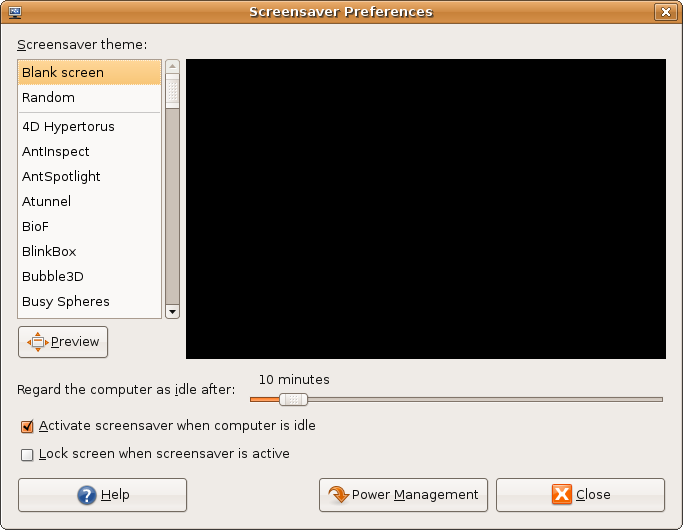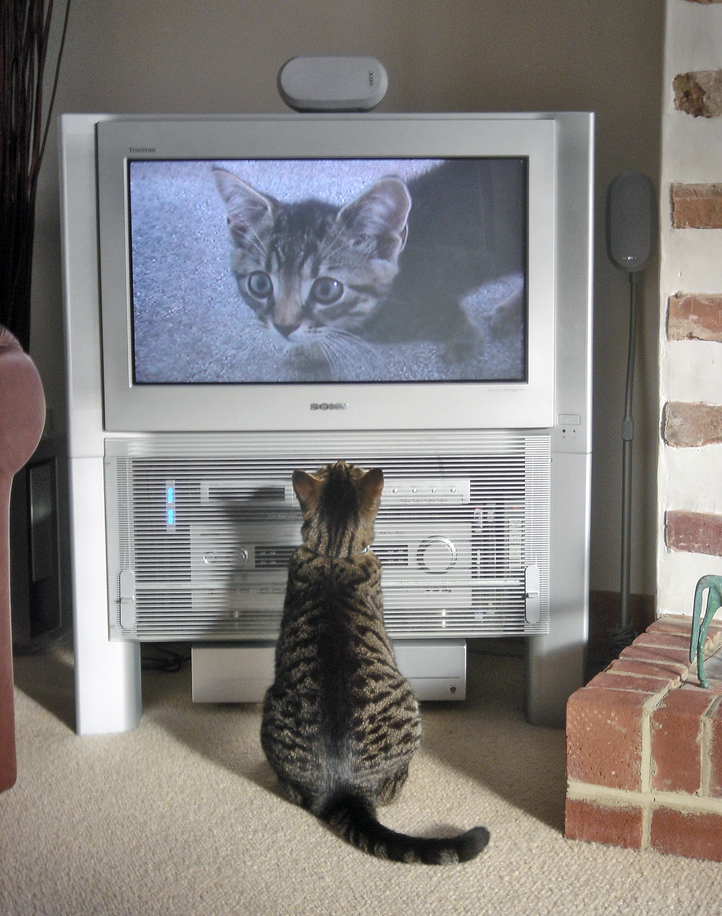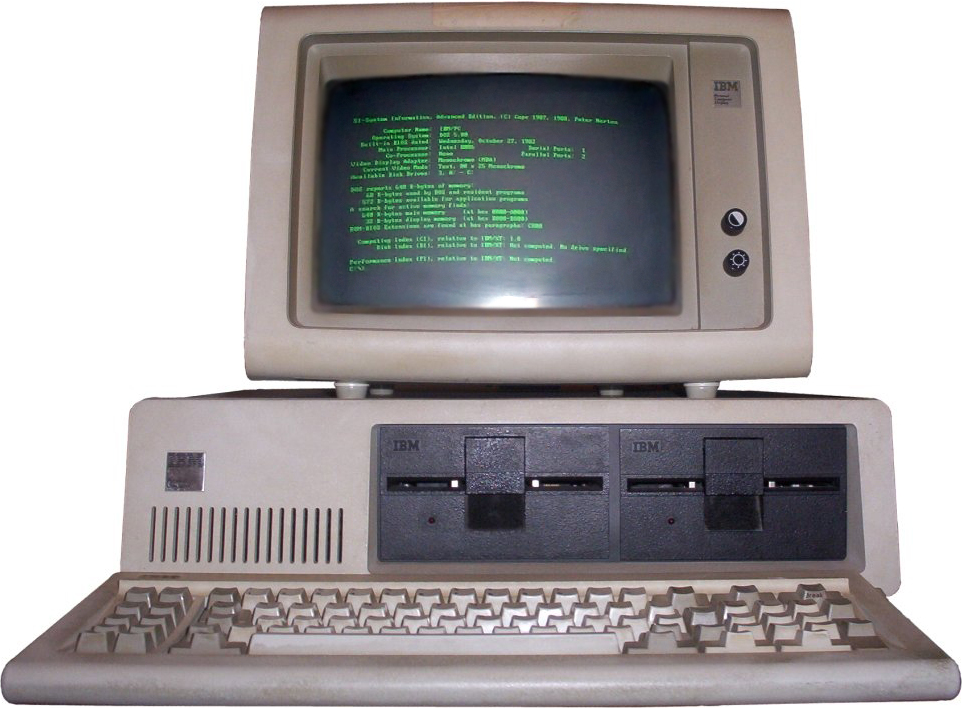|
Nokia 3410
The Nokia 3410 is a mobile phone made by Nokia, a successor of the popular Nokia 3310 built on the same (DCT3) hardware platform. It was announced at CEBIT on 12 March 2002. The 3410 was one of the first Java phones by Nokia, as well as being one of the earliest mobile phones outside Japan to feature 3D graphics and an image editor. It has an improved (96x65 pixel) resolution and two softkeys over the 3310. Release The Nokia 3410 was never released in the Asia-Pacific region, likely due to variants of the 3310 such as the Nokia 3315 (which featured almost the same design cues as the Nokia 3410) and 3350 which had similar hardware and keypad layout, as well as Nokia observing tetraphobia in Asian markets where the number four is viewed as unlucky. Hardware and software The Nokia 3410 is compact, but somewhat heavy with a weight of 114 grams with the 825mAh removable Li-Ion battery. It has up and down buttons to assist with menu navigation and a stiff black button on the top ... [...More Info...] [...Related Items...] OR: [Wikipedia] [Google] [Baidu] |
Nokia
Nokia Corporation is a Finnish multinational corporation, multinational telecommunications industry, telecommunications, technology company, information technology, and consumer electronics corporation, originally established as a pulp mill in 1865. Nokia's main headquarters are in Espoo, Finland, in the Helsinki metropolitan area, but the company's actual roots are in the Tampere region of Pirkanmaa.HS: Nokian juuret ovat Tammerkosken rannalla (in Finnish) In 2020, Nokia employed approximately 92,000 people across over 100 countries, did business in more than 130 countries, and reported annual revenues of around €23 billion. Nokia is a public limited company listed on the Nasdaq Helsinki and New York Stock Exchange. It was the world's 415th-largest company ... [...More Info...] [...Related Items...] OR: [Wikipedia] [Google] [Baidu] |
Space Impact
''Space Impact'' is a shoot 'em up mobile game series from Nokia. The earliest games were bundled with several of Nokia's mobile phones, whereas later titles were available for download on compatible devices. The latest instalment came in 2010. The first ''Space Impact'' appeared on the Nokia 3310 in 2000 and later included in various other models with a monochrome display. Wireless Application Protocol, WAP enhanced phones gave the possibility to download extra ''Space Impact'' chapters via the WAP connection, using the Club Nokia service. Club Nokia also had a global scoreboard of all players. In 2001, a downloadable game pack from Club Nokia was also accompanied with a Adobe Flash, Flash-based web cartoon, which revolves around a plot of a Neon Force character pilot named Geneva. Later ''Space Impact'' titles had advanced graphics and capabilities and it also was released on Nokia's N-Gage 2.0 platform with online battles. Over 150 million copies of ''Space Impact'' games were ... [...More Info...] [...Related Items...] OR: [Wikipedia] [Google] [Baidu] |
Polygon Count
Polygons are used in computer graphics to compose images that are three-dimensional in appearance, and are one of the most popular geometric building blocks in computer graphics. Polygons are built up of vertices, and are typically used as triangles. A model's polygons can be rendered and seen simply in a wire frame model, where the outlines of the polygons are seen, as opposed to having them be shaded. This is the reason for a polygon stage in computer animation. The ''polygon count'' refers to the number of polygons being rendered per frame. Beginning with the fifth generation of video game consoles, the use of polygons became more common, and with each succeeding generation, polygonal models became increasingly complex. Competing methods for rendering polygons that avoid seams * Point **Floating Point ** Fixed-Point **Polygon **because of rounding, every scanline has its own direction in space and may show its front or back side to the viewer. *Fraction (mathematics) **Brese ... [...More Info...] [...Related Items...] OR: [Wikipedia] [Google] [Baidu] |
Texas Instruments
Texas Instruments Incorporated (TI) is an American multinational semiconductor company headquartered in Dallas, Texas. It is one of the top 10 semiconductor companies worldwide based on sales volume. The company's focus is on developing analog chips and embedded processors, which account for more than 80% of its revenue. TI also produces digital light processing (DLP) technology and education technology products including calculators, microcontrollers, and multi-core processors. Texas Instruments emerged in 1951 after a reorganization of Geophysical Service Incorporated, a company founded in 1930 that manufactured equipment for use in the seismic industry, as well as defense electronics. TI produced the world's first commercial silicon transistor in 1954, and the same year designed and manufactured the first transistor radio. Jack Kilby invented the integrated circuit in 1958 while working at TI's Central Research Labs. TI also invented the hand-held calculator in 1967, and intr ... [...More Info...] [...Related Items...] OR: [Wikipedia] [Google] [Baidu] |
Baseband Processor
A baseband processor (also known as baseband radio processor, BP, or BBP) is a device (a chip or part of a chip) in a network interface controller that manages all the radio functions (all functions that require an antenna); however, this term is generally not used in reference to Wi-Fi and Bluetooth radios. A baseband processor typically uses its own RAM and firmware. Baseband processors are typically fabricated using CMOS (complementary metal–oxide–semiconductor) or RF CMOS technology, and are widely used in radio-frequency (RF) and wireless communications. Overview Baseband processors typically run a real-time operating system (RTOS) as their firmware, such as ENEA's OSE, Nucleus RTOS (iPhone 3G/3GS/iPad), ThreadX (iPhone 4), and VRTX. There are more than a few significant manufacturers of baseband processors, including Broadcom, Icera, Intel Mobile Communications (former Infineon wireless division), MediaTek, Qualcomm, Spreadtrum, and ST-Ericsson. The ... [...More Info...] [...Related Items...] OR: [Wikipedia] [Google] [Baidu] |
Software Rendering
Software consists of computer programs that instruct the execution of a computer. Software also includes design documents and specifications. The history of software is closely tied to the development of digital computers in the mid-20th century. Early programs were written in the machine language specific to the hardware. The introduction of high-level programming languages in 1958 allowed for more human-readable instructions, making software development easier and more portable across different computer architectures. Software in a programming language is run through a compiler or interpreter to execute on the architecture's hardware. Over time, software has become complex, owing to developments in networking, operating systems, and databases. Software can generally be categorized into two main types: # operating systems, which manage hardware resources and provide services for applications # application software, which performs specific tasks for users The rise of ... [...More Info...] [...Related Items...] OR: [Wikipedia] [Google] [Baidu] |
YouTube
YouTube is an American social media and online video sharing platform owned by Google. YouTube was founded on February 14, 2005, by Steve Chen, Chad Hurley, and Jawed Karim who were three former employees of PayPal. Headquartered in San Bruno, California, it is the second-most-visited website in the world, after Google Search. In January 2024, YouTube had more than 2.7billion monthly active users, who collectively watched more than one billion hours of videos every day. , videos were being uploaded to the platform at a rate of more than 500 hours of content per minute, and , there were approximately 14.8billion videos in total. On November 13, 2006, YouTube was purchased by Google for $1.65 billion (equivalent to $ billion in ). Google expanded YouTube's business model of generating revenue from advertisements alone, to offering paid content such as movies and exclusive content produced by and for YouTube. It also offers YouTube Premium, a paid subs ... [...More Info...] [...Related Items...] OR: [Wikipedia] [Google] [Baidu] |
Screensaver
A screensaver (or screen saver) is a computer program that blanks the display screen or fills it with moving images or patterns when the computer has been idle for a designated time. The original purpose of screensavers was to prevent phosphor screen burn-in, burn-in on Cathode-ray tube, CRT or plasma display, plasma computer monitors (hence the name). Though most modern monitors are not susceptible to this issue (with the notable exception of OLED technology, which has individual pixels vulnerable to burnout), screensaver programs are still used for other purposes. Screensavers are often set up to offer a basic layer of computer security, security by requiring a password to re-access the device. Some screensaver programs also use otherwise-idle computer resources to do useful work, such as processing for volunteer computing projects. As well as computers, modern television operating systems, media players, and other digital entertainment systems may include optional screensavers ... [...More Info...] [...Related Items...] OR: [Wikipedia] [Google] [Baidu] |
OpenGL ES
OpenGL for Embedded Systems (OpenGL ES or GLES) is a subset of the OpenGL computer graphics rendering application programming interface (API) for rendering 2D and 3D computer graphics such as those used by video games, typically hardware-accelerated using a graphics processing unit (GPU). It is designed for embedded systems like smartphones, tablet computers, video game consoles and PDAs. OpenGL ES is the "most widely deployed 3D graphics API in history". The API is cross-language and multi-platform. The GLU library and the original GLUT are not available for OpenGL ES; freeglut however, supports it. OpenGL ES is managed by the non-profit technology consortium Khronos Group. Vulkan, a next-generation API from Khronos, is made for simpler high performance drivers for mobile and desktop devices. Versions Several versions of the OpenGL ES specification now exist. OpenGL ES 1.0 is drawn up against the OpenGL 1.3 specification, OpenGL ES 1.1 is defined relative to the OpenGL 1.5 specifi ... [...More Info...] [...Related Items...] OR: [Wikipedia] [Google] [Baidu] |
Screen Resolution
The display resolution or display modes of a digital television, computer monitor, or other display device is the number of distinct pixels in each dimension that can be displayed. It can be an ambiguous term especially as the displayed resolution is controlled by different factors in cathode-ray tube (CRT) displays, flat-panel displays (including liquid-crystal displays) and projection displays using fixed picture-element (pixel) arrays. It is usually quoted as ', with the units in pixels: for example, ' means the width is 1024 pixels and the height is 768 pixels. This example would normally be spoken as "ten twenty-four by seven sixty-eight" or "ten twenty-four by seven six eight". One use of the term ''display resolution'' applies to fixed-pixel-array displays such as plasma display panels (PDP), liquid-crystal displays (LCD), Digital Light Processing (DLP) projectors, AMOLED, OLED displays, and similar technologies, and is simply the physical number of columns and rows of pi ... [...More Info...] [...Related Items...] OR: [Wikipedia] [Google] [Baidu] |
Monochrome Screen
A monochrome monitor is a type of computer monitor in which computer text and images are displayed in varying tones of only one color, as opposed to a color monitor that can display text and images in multiple colors. They were very common in the early days of computing, from the 1960s through the 1980s, before color monitors became widely commercially available. They are still widely used in applications such as computerized cash register systems, owing to the age of many registers. Green screen was the common name for a monochrome monitor using a green "P1" phosphor screen; the term is often misused to refer to any block mode display terminal, regardless of color, e.g., IBM 3279, 3290. Abundant in the early-to-mid-1980s, they succeeded Teletype terminals and preceded color CRTs and later LCDs as the predominant visual output device for computers. CRT Design The most common technology for monochrome monitors was the CRT, although, e.g., plasma displays, were also used. U ... [...More Info...] [...Related Items...] OR: [Wikipedia] [Google] [Baidu] |
3D Graphics
3D computer graphics, sometimes called CGI, 3D-CGI or three-dimensional computer graphics, are graphics that use a three-dimensional representation of geometric data (often Cartesian) that is stored in the computer for the purposes of performing calculations and rendering digital images, usually 2D images but sometimes 3D images. The resulting images may be stored for viewing later (possibly as an animation) or displayed in real time. 3D computer graphics, contrary to what the name suggests, are most often displayed on two-dimensional displays. Unlike 3D film and similar techniques, the result is two-dimensional, without visual depth. More often, 3D graphics are being displayed on 3D displays, like in virtual reality systems. 3D graphics stand in contrast to 2D computer graphics which typically use completely different methods and formats for creation and rendering. 3D computer graphics rely on many of the same algorithms as 2D computer vector graphics in the wire- ... [...More Info...] [...Related Items...] OR: [Wikipedia] [Google] [Baidu] |







